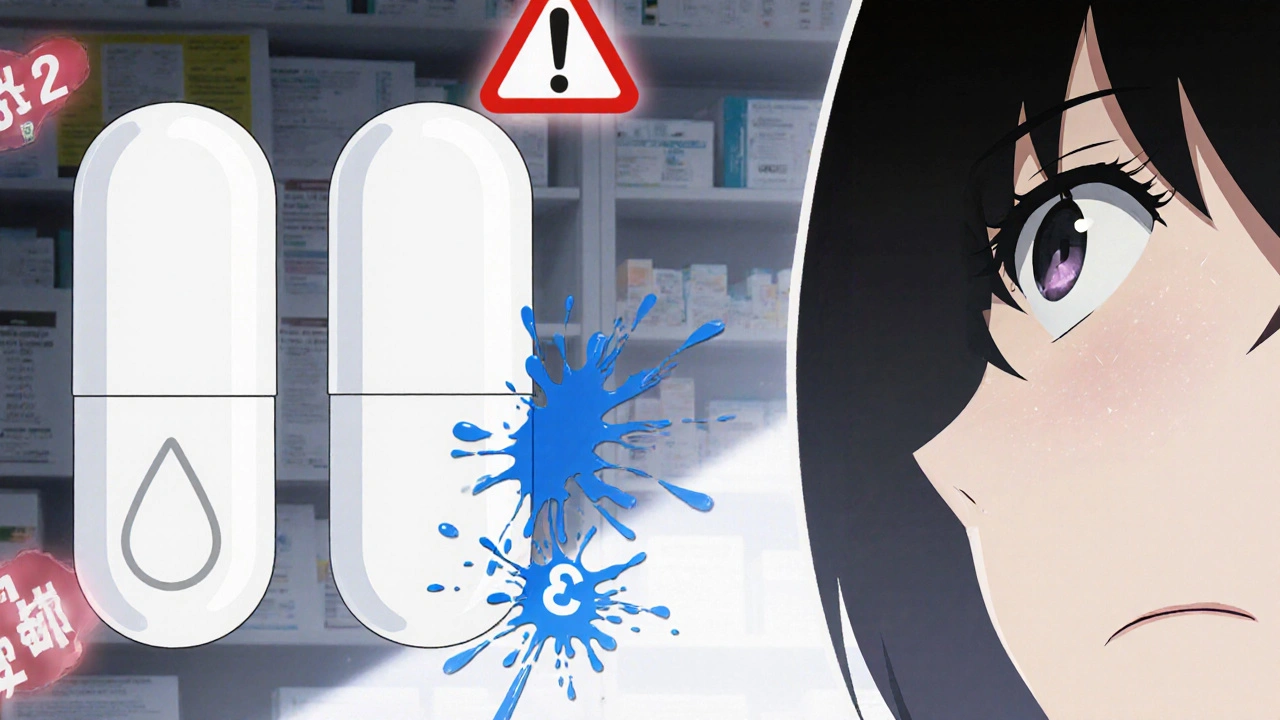FDA Excipients: What They Are and Why They Matter in Your Medications
When you swallow a pill, you’re not just taking the active drug—you’re also swallowing FDA excipients, non-active ingredients approved by the U.S. Food and Drug Administration to help formulate medications safely and effectively. Also known as inactive ingredients, these substances don’t treat your condition, but they make sure the drug gets where it needs to go, stays stable, and doesn’t fall apart in your hand or stomach. Think of them like the scaffolding around a building: you don’t live in the scaffolding, but without it, the building wouldn’t stand.
FDA excipients include things like starch, lactose, cellulose, magnesium stearate, and titanium dioxide. They help bind pills together, control how fast the drug releases, make them easier to swallow, or even give them color. But here’s the catch: just because they’re called "inactive" doesn’t mean they’re harmless. Some people are allergic to lactose or cornstarch. Others react to dyes or preservatives in the coating. And in generic drugs—where the active ingredient matches the brand name—the excipients can be completely different. That’s why two pills that treat the same thing can cause different side effects in different people.
These ingredients are tightly regulated by the FDA, but not because they’re dangerous. They’re regulated because they’re essential. A bad excipient can turn a life-saving drug into a useless one. For example, if the coating dissolves too fast in your stomach, the medicine might get destroyed by acid before it’s absorbed. If it dissolves too slow, you won’t get enough of the drug into your bloodstream. And if the filler clumps or absorbs moisture, the whole batch could go bad. That’s why pharmacokinetic studies, which track how your body absorbs drugs, often include tests for how excipients affect absorption.
You won’t find excipients listed in bold on the label, but they’re in the fine print. And if you’ve ever had an unexpected reaction to a generic version of your medication, it might not be the active ingredient—it could be the excipient. That’s why people with allergies, celiac disease, or sensitivities need to check the full ingredient list, not just the drug name. The FDA requires manufacturers to disclose all excipients, but they don’t always make it easy to find.
What you’ll find in the posts below are real-world examples of how excipients play a hidden role in drug safety, effectiveness, and even fraud. From counterfeit pills with toxic fillers to generic drugs that fail because of poor formulation, these stories show why excipients aren’t just filler—they’re part of the medicine itself. Whether you’re managing a chronic condition, switching generics, or just curious about what’s inside your pills, this collection gives you the facts you need to ask better questions and make smarter choices.
